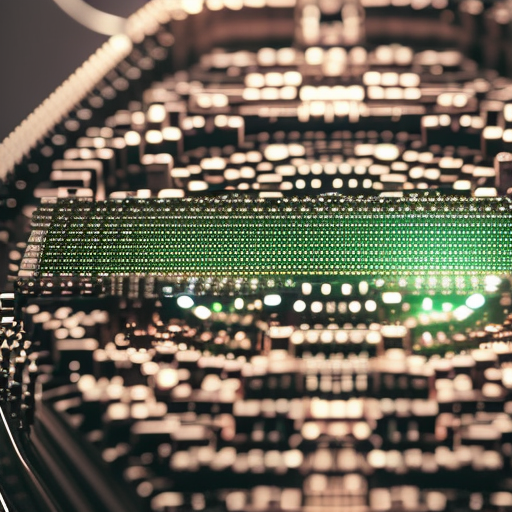Summary:
Computer vision is a field of artificial intelligence that focuses on enabling computers to understand and interpret visual information from images or videos. It involves the development of algorithms and techniques to extract meaningful insights from visual data, mimicking human visual perception. Computer vision has a wide range of applications, including object recognition, image classification, facial recognition, autonomous vehicles, medical imaging, and surveillance systems.
Introduction:
Computer vision is a branch of artificial intelligence that aims to give computers the ability to understand and interpret visual information. It involves the development of algorithms and techniques to enable computers to analyze and extract meaningful insights from images or videos. By mimicking human visual perception, computer vision systems can recognize objects, classify images, and understand the visual world.
Applications of Computer Vision:
Computer vision has numerous applications across various industries. One of the most common applications is object recognition, where computer vision algorithms can identify and locate objects within images or videos. This technology is used in autonomous vehicles to detect pedestrians, traffic signs, and other vehicles, enabling them to navigate safely.
Another important application is image classification, where computer vision algorithms can categorize images into different classes or labels. This is used in various domains, such as medical imaging, where it can assist in the diagnosis of diseases by analyzing medical images like X-rays and MRIs.
Facial recognition is another popular application of computer vision, which involves identifying and verifying individuals based on their facial features. This technology is used in security systems, access control, and law enforcement to identify suspects or authenticate individuals.
Computer vision is also widely used in surveillance systems, where it can analyze video feeds in real-time to detect and track objects or people of interest. This technology is crucial for ensuring public safety and security.
Challenges in Computer Vision:
Despite significant advancements, computer vision still faces several challenges. One of the main challenges is the variability and complexity of visual data. Images and videos can vary in lighting conditions, viewpoints, occlusions, and backgrounds, making it difficult for computer vision systems to accurately interpret the data.
Another challenge is the need for large amounts of labeled training data. Supervised learning algorithms in computer vision require a substantial amount of labeled data to learn and generalize from. Collecting and annotating such data can be time-consuming and expensive.
Additionally, computer vision algorithms often struggle with understanding context and semantics. While they can recognize objects and features, they may struggle to understand the relationships and interactions between different objects in a scene.
Advancements in Computer Vision:
Recent advancements in deep learning, a subfield of machine learning, have significantly improved the performance of computer vision systems. Deep learning models, such as convolutional neural networks (CNNs), have achieved state-of-the-art results in various computer vision tasks, including image classification and object detection.
Furthermore, the availability of large-scale datasets, such as ImageNet and COCO, has facilitated the training of deep learning models and accelerated progress in computer vision research.
Another area of advancement is the integration of computer vision with other technologies, such as augmented reality (AR) and virtual reality (VR). Computer vision enables AR and VR systems to interact with the real world by recognizing and tracking objects and environments.
Conclusion:
Computer vision is a rapidly evolving field of artificial intelligence that aims to enable computers to understand and interpret visual information. It has a wide range of applications, from object recognition and image classification to facial recognition and surveillance systems. Despite challenges, advancements in deep learning and the availability of large-scale datasets have propelled the progress in computer vision research. As technology continues to advance, computer vision is expected to play a crucial role in various industries, revolutionizing the way we interact with visual data.












